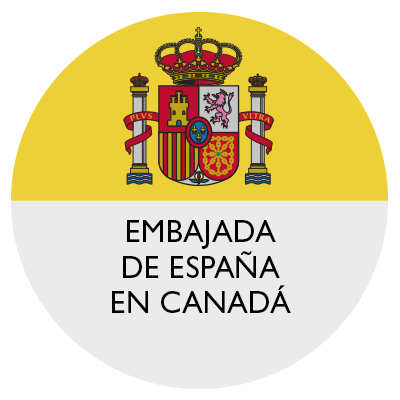Military Authorities Visiting the Youth Front Camp in Orio, Guipúzcoa, 1944
After the Civil War, the Francoist dictatorship undertook one of the fundamental tasks for the construction of the New State: the control of children and youth through education. To this end, it created the "favorite agency of the regime," the Youth Front (FFJJ).
The start of the Civil War led to the almost spontaneous appearance of the Falangist Youth Organization (OJ). However, it was not until 6 December 1940, that the law creating the Youth Front was enacted. This would become the cornerstone of Spanish youth policy during the postwar period and for several more decades. During the postwar period, membership ranged from 10.5 per cent of youth in 1943 to 31.4 per cent in 1953.
Members were classified into three categories: Pelayos, named after the Christian king who defeated the Muslims at the Battle of Covadonga, for children aged seven to ten; Arrows (Flechas), for adolescents aged ten to seventeen; and Cadets, for youths aged seventeen to nineteen. These members were organized into units that were structurally similar to those in the army: squads, platoons, phalanx, century, banner, and, finally, legion.
Schools were a vehicle for gaining members was the school. The Youth Front Law required a strong understanding between the FFJJ and educational institutions. Additionally, there was the preferential co-option of national teachers—along with doctors and priests—as local delegates and advisors of the delegation. In addition, a 16 October 1941 order from the Ministry of National Education established "the subjects of Political Education, Physical Education, and Sports, according to the rules and programs periodically issued by the National Delegation of the Youth Front." This order also established that these subjects would be taught by "Instructors appointed by the Youth Front."
Finally, clothes were a powerful means of regulation and social control. The Youth Front used uniforms Front to distinguish its members and display hierarchy, as this photograph illustrates. Additionally, we must not forget the use of colors, fabrics, distinctions, and honors that established hierarchies and distinctions between individuals, aiming to militarize children and youths. The Youth Front uniform provided children with a guide to follow in shaping their life and identity.
ORB







